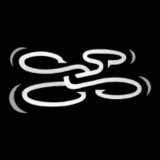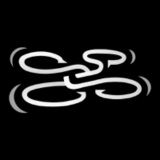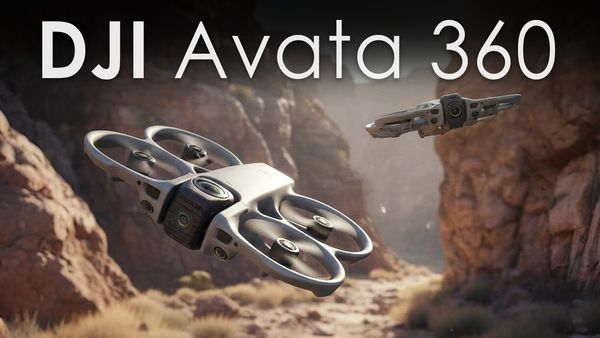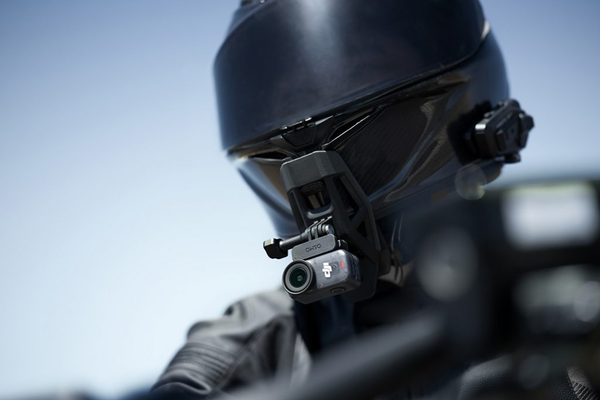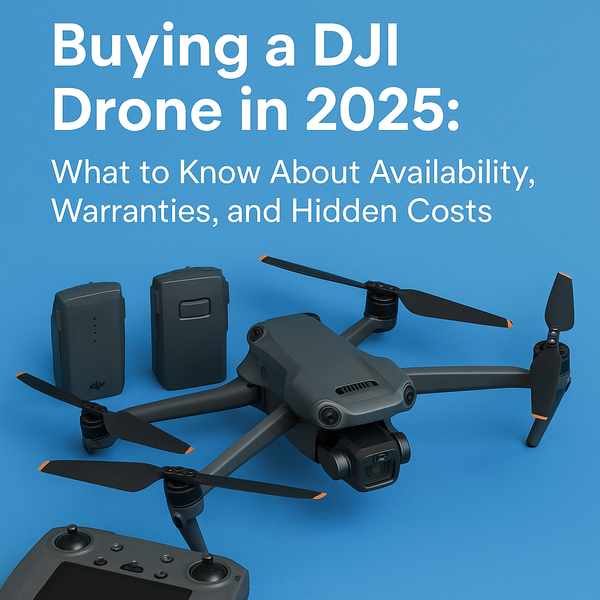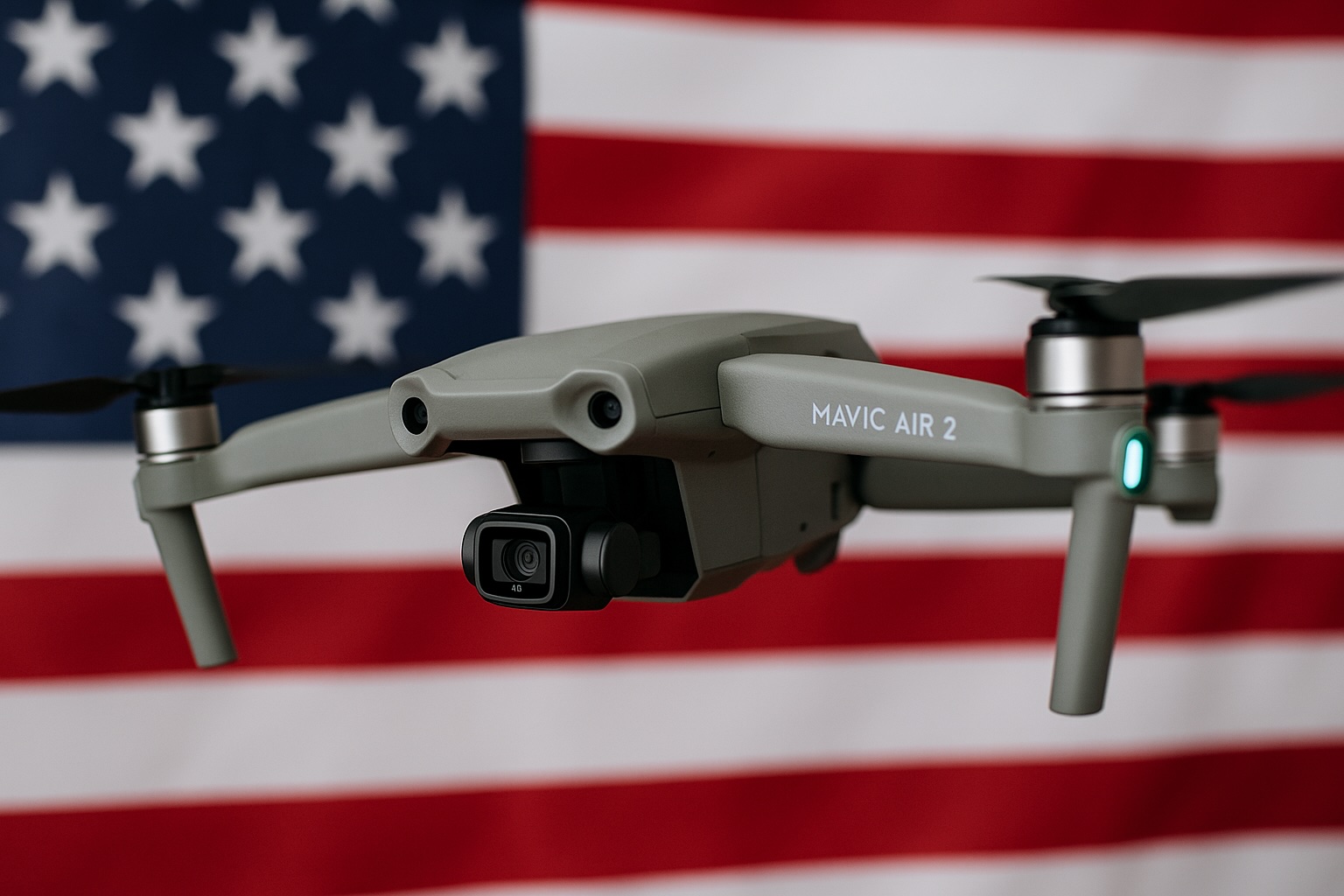DJI Goggles N3 vs. Goggles 3: Which FPV Headset Should You Buy?
DJI Goggles N3 vs. Goggles 3: Which FPV Headset Should You Buy?
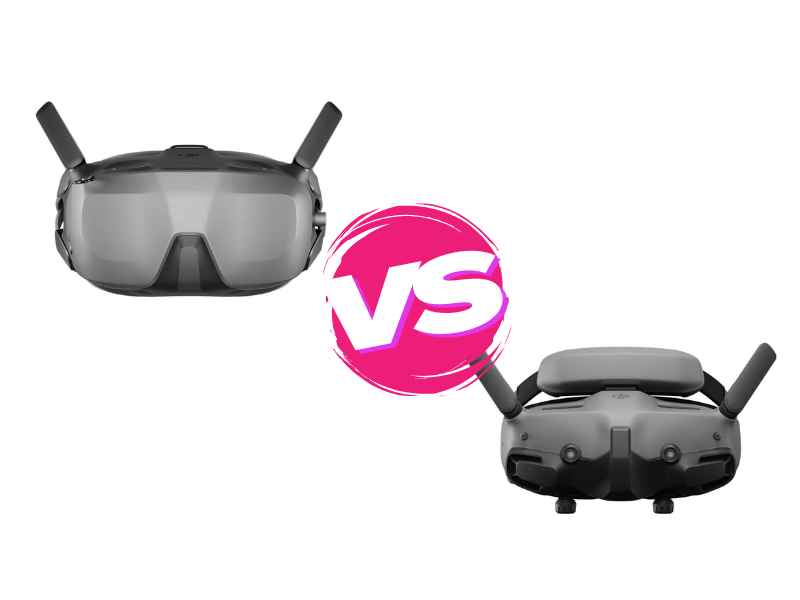
The world of FPV (First Person View) flying is expanding rapidly, and DJI’s latest goggles—the Goggles N3 and Goggles 3—offer exciting options for drone enthusiasts. Whether you’re an experienced FPV pilot or a newcomer to the hobby, choosing the right goggles can make a huge difference in your experience. Here’s a breakdown of the key differences between the Goggles N3 and Goggles 3 to help you decide which one is right for you.
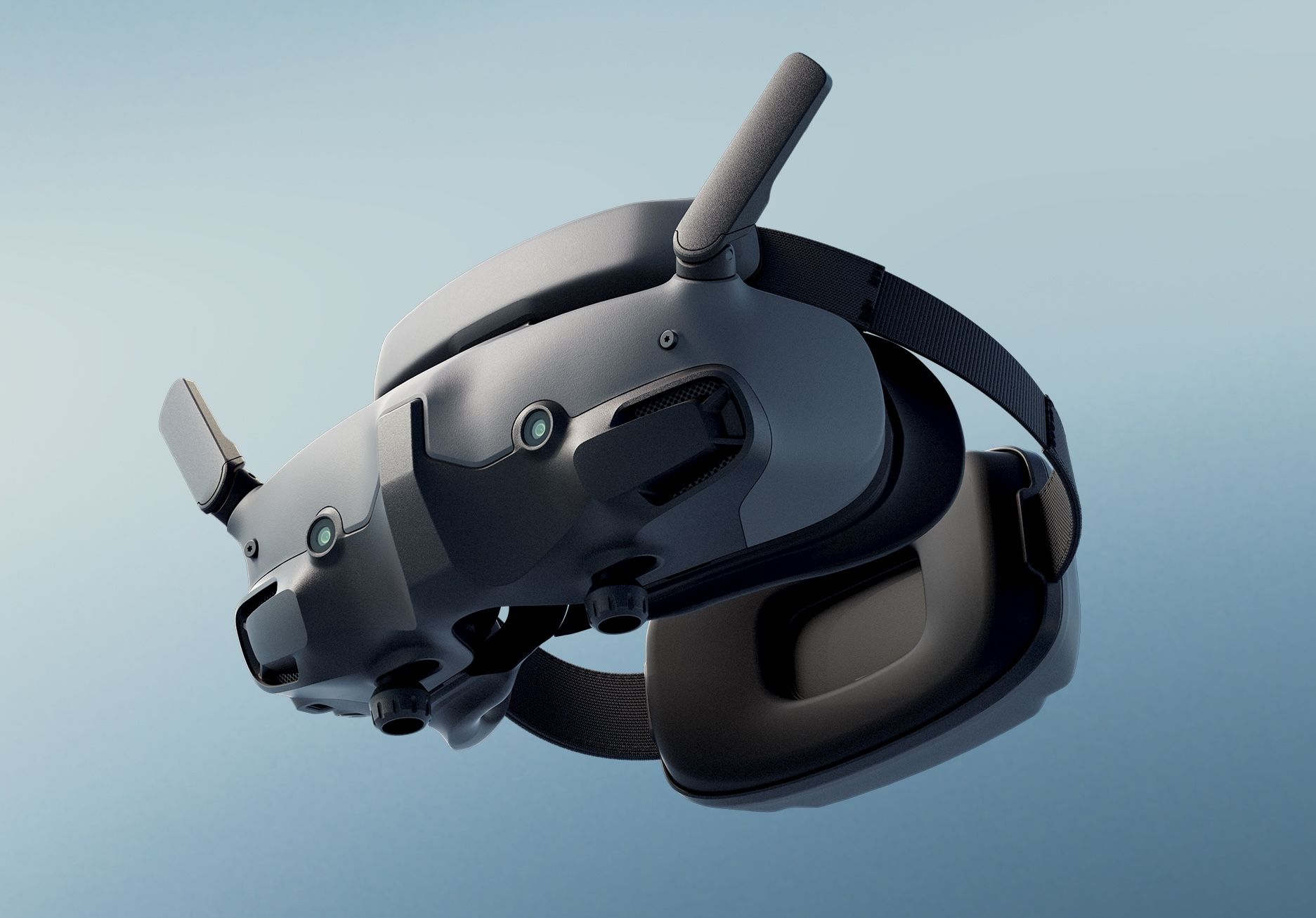
1. Design and Comfort
- Goggles N3:
The N3 retains the classic box-style design, which is great for users who wear glasses. However, it has a 45° angle tilt when worn, which may feel awkward to some pilots. It includes a comfortable foam face pad and rests lightly on the forehead, offering decent comfort for long flying sessions. - Goggles 3:
The Goggles 3 feature a modern binocular design, which provides a snug fit but is less accommodating for glasses. They include adjustable diopters for customization, allowing users to ditch their glasses altogether. The headset feels lightweight and balanced, with a forehead-resting design that’s less intrusive.
Winner: Goggles 3 (for overall comfort and adjustability), but N3 is better for glasses users.
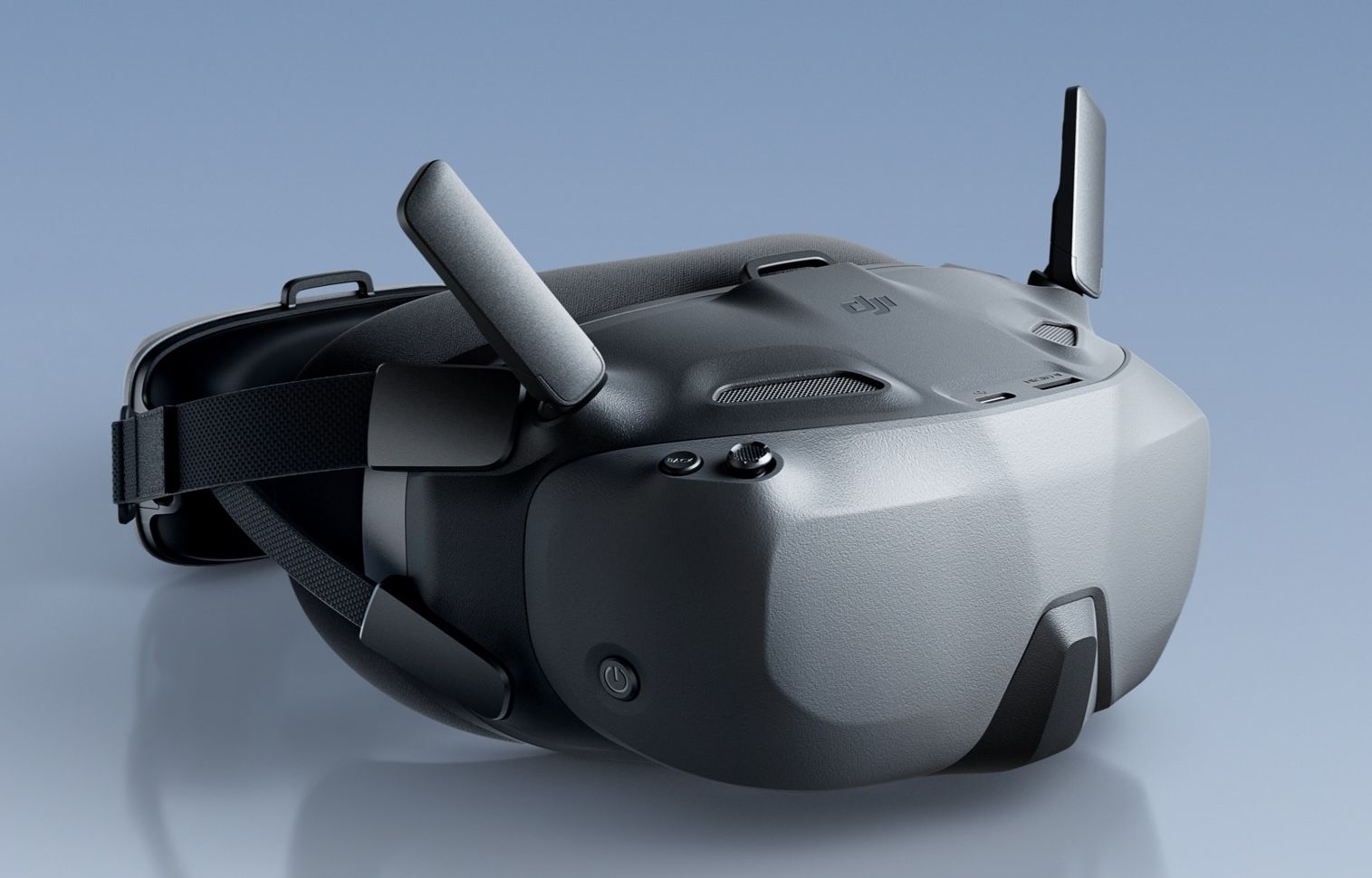
2. Display Quality
- Goggles N3:
Equipped with a 1080p ultra-wide LCD screen with a 54° field of view, the N3 offers an immersive visual experience. However, the screen’s fixed settings and lack of adjustment options might lead to blurry visuals for some users, especially those with specific vision needs. - Goggles 3:
Features dual micro OLED screens with a 44° field of view, providing sharper, more detailed visuals. The smaller field of view may feel less immersive, but the higher frame rate (up to 100fps) and adjustable diopters make it an excellent choice for precision flying.
Winner: Goggles 3 (for sharper visuals and customization).
3. Battery and Power Management
- Goggles N3:
Offers a 2.7-hour battery life, but the battery constantly drains since there’s no power-saving feature when the goggles aren’t in use. - Goggles 3:
Boasts a slightly longer 3-hour battery life and includes a sensor that powers down the display when the goggles aren’t on your face, saving energy.
Winner: Goggles 3 (for better battery management).
4. Connectivity and Latency
- Goggles N3:
Supports 1080p video at 60fps with 31ms of latency. It includes a USB-C port for live wired video sharing but lacks a wireless streaming option. - Goggles 3:
Enhances connectivity with wireless video sharing in addition to wired options. The improved latency of 24ms and support for 1080p at 100fps make it the superior choice for high-speed racing or cinematic flights.
Winner: Goggles 3 (for advanced connectivity and lower latency).
5. Compatibility
- Goggles N3:
Compatible with DJI O4 air units, but not with older O3 units or certain drones like the DJI Air 3 and Mini 4 Pro. - Goggles 3:
Works seamlessly with DJI O4 air units and offers broader compatibility with newer drones, including the Neo, Avata 2, Air 3, and Mini 4 Pro. However, it doesn’t support older O3 air units.
Winner: Goggles 3 (for wider compatibility).
6. Price
- Goggles N3:
Priced at $229, the N3 is an incredibly budget-friendly option for newcomers or those unsure about committing to the hobby. - Goggles 3:
At $499, the G3 is more expensive but justifies its price with advanced features, better visuals, and improved connectivity.
Winner: Goggles N3 (for affordability).
Which One Should You Choose?
Choose Goggles N3 if:
- You’re new to FPV and want an affordable entry point.
- You wear glasses and need a box-style goggle.
- Budget is your primary concern.
Choose Goggles 3 if:
- You’re an experienced pilot seeking top-tier visuals and performance.
- You need adjustable diopters and better battery management.
- You fly newer drones and prioritize advanced connectivity.
DJI Goggle 3: https://amzn.to/49LTrLW
DJI Goggle N3: https://amzn.to/4hONW0Y
Conclusion
Both the Goggles N3 and Goggles 3 cater to different audiences. The N3 is perfect for beginners or casual pilots, offering great value at a low price. Meanwhile, the G3 is a premium option for serious enthusiasts and racers who demand high performance and sharp visuals.
Which goggle fits your flying style? Let us know in the comments below!
Follow us on:
X: @djirumor
bsky.app: @djirumor.com
